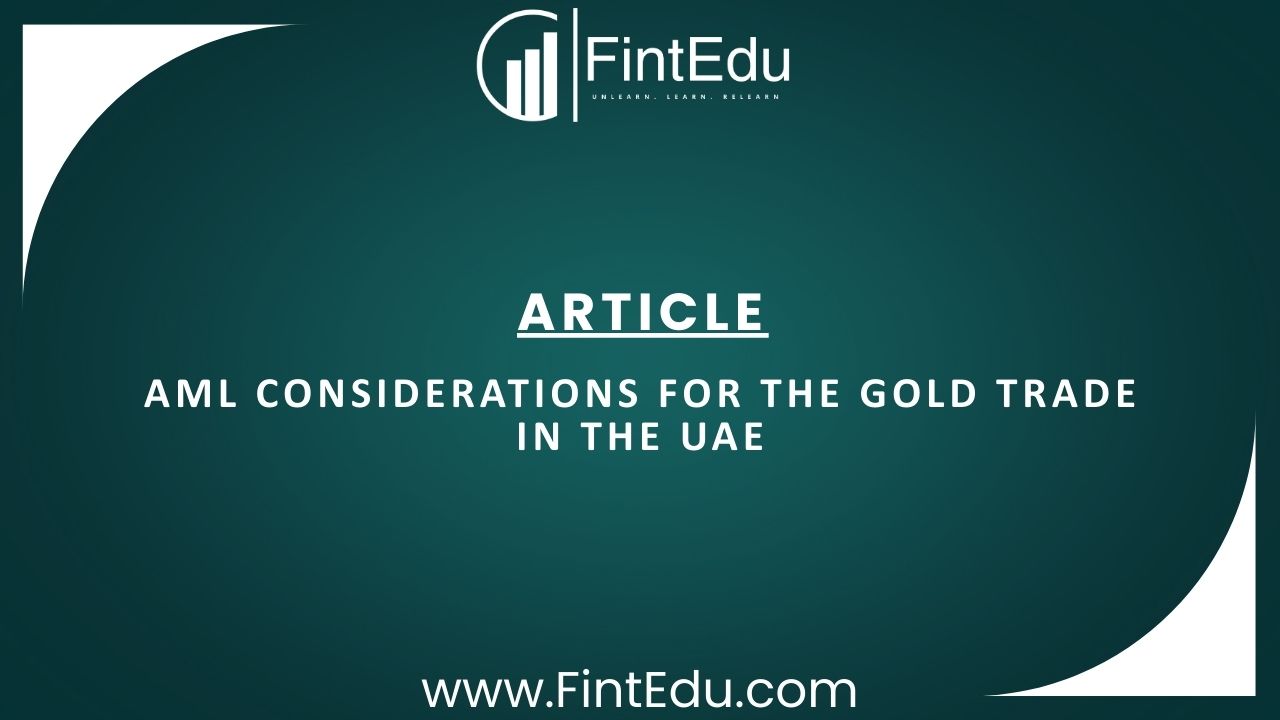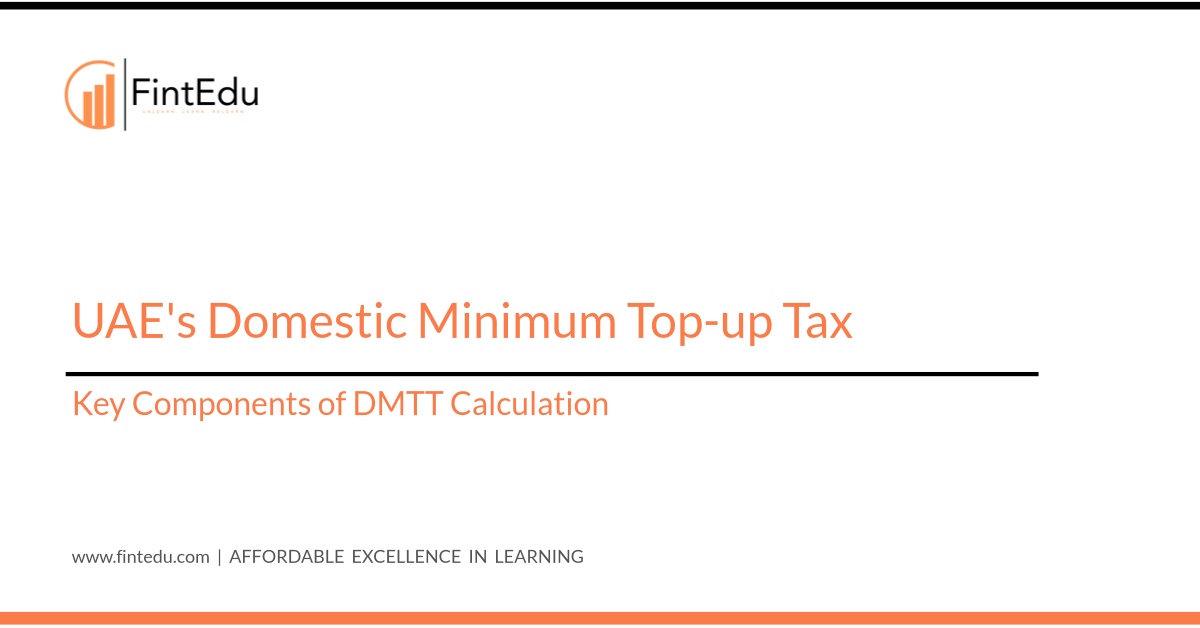LISTEN TO THIS ARTICLE
In continuation of our previous article on the Scope and Applicability of UAE’s Domestic Minimum Top-up Tax (DMTT), this article will discuss Calculating the UAE's Domestic Minimum Top-up Tax.
Calculation of DMTT
1. Substance-based Income Exclusion
The DMTT framework incorporates a Substance-based Income Exclusion, which reduces the amount of income subject to the top-up tax. This exclusion accounts for substantive economic activities conducted by MNEs within the UAE. The exclusion amount is determined by applying specific percentages to the carrying value of tangible assets and payroll costs associated with eligible employees.
2. Excess Profit Determination
Once the Substance-based Income Exclusion is calculated, it is subtracted from the net Pillar Two income to determine the Excess Profit. This Excess Profit represents the portion of income exceeding the excluded amount and is potentially subject to the DMTT.
3. Top-up Tax Computation
The Top-up Tax is computed by applying the difference between the minimum ETR of 15% and the actual ETR of the MNE to the Excess Profit. The formula is:
Top-up Tax = (15% - Actual ETR) × Excess Profit
This ensures that MNEs with an ETR below 15% contribute an additional amount, aligning their tax obligations with the global minimum standard.
Conclusion
Understanding the calculation components - Substance-based Income Exclusion, Excess Profit determination and Top-up Tax computation - is crucial for MNEs operating in the UAE to ensure compliance and accurate tax reporting.
For detailed guidance, entities should consult Cabinet Decision No. (142) of 2024.
Disclaimer: Content posted is for informational and knowledge sharing purposes only, and is not intended to be a substitute for professional advice related to tax, finance or accounting. The view/interpretation of the publisher is based on the available Law, guidelines and information. Each reader should take due professional care before you act after reading the contents of that article/post. No warranty whatsoever is made that any of the articles are accurate and is not intended to provide, and should not be relied on for tax or accounting advice.
Contributor
Related Posts

@@PLUGINFILE@@/ttsmaker-file-2025-12-17-12-45-24.mp3Listen to this ArticleGold trading is a cornerst...
Read More
UAE, 15 December, 2025: The UAE has announced amendments to its corporate tax law to clarify ...
Read More
UAE, 15 December, 2025: The Ministry of Finance has issued Cabinet Decision No. (197) of 2025...
Read More